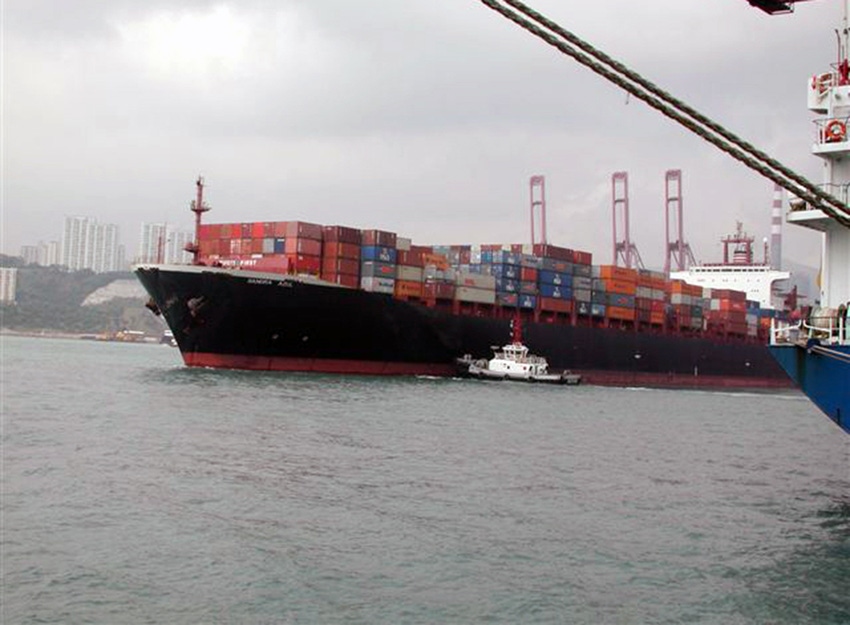During the course of the first quarter shipments to China should accelerate as more ractopamine-free pork becomes available.
December 23, 2019

Indeed 2019 was full of action (for U.S. hog futures) but mostly disappointing given the bullish nature of the fundamental landscape. Looking ahead to 2020, however, the table is set for an acceleration of pork export business never before experienced. Consider the following:
Many private sources believe that China has lost more than 50% of their breeding stock.
African swine fever has spread throughout Asia including Vietnam, South Korea and the Philippines.
On the radar is the high probability that ASF will make its way into Germany.
The U.S.-Mexico-Canada Agreement will be ratified early next year.
A trade deal with Japan has been forged.
Phase one signing should occur in January.
Given the need and given the cheap price and quantity available, massive exports to China should begin sooner rather than later.
All JBS pork will be ractopamine-free on Jan. 1.
Starting Feb. 4, all Tyson pork will be ractopamine-free.
China just lowered World Trade Organization tariffs on U.S. pork from 12% to 8%.
I anticipate clear evidence immediately into the New Year regarding accelerated pork shipments to China. I'd expect a dramatic change in direction and attitude in the cash hog market. This would no doubt be driven by a surge in the product as the Chinese syphon off huge amounts of pork from the domestic market. During the course of the first quarter the shipments will accelerate as more ractopamine-free pork becomes available. Keep in mind that in the face of frozen belly stocks at 20-year highs, executives at Smithfield warned of a bacon shortage in the months ahead. Indeed, many believe nearly all Smithfield produced pork will be shipped to China during the course of 2020.
Trying to guess or out-guess the exact shopping list the Chinese will follow when phase one kicks in is rather fruitless. Why would the Chinese disclose how much of each commodity they intend to buy? They've already stated it will be based upon demand, upon need for the commodity. This tells me pork will be first and foremost and soybeans may be one of the lowest items on the list. South America is well on its way to producing another record large soybean crop. Because they've stated commodities will be selected by demand/need, as one should expect, I'm anticipating a "flip the light switch" change in tone of cash hogs and the pork carcass early next year. By the way, the futures market is also anticipating this with the February contract posting a recent close at $70.70 compared to the CME lean hog index quoted at $59.90. I'm anticipating the volume of U.S. pork exports to China will likely triple in 2020 compared to this year.
This column will be published just prior to the release of the December quarterly Hogs and Pigs Report, so a detailed discussion of the actual report is not possible. The trade is anticipating additional expansion in the U.S. breeding herd and continued improvement in pigs per litter. If either one of these is not realized on the actual report, a bullish reaction would be warranted. As I've stated in the past, continued expansion in the face of very small to zero profitability appears to be a general effort to totally squeeze out the independent hog producer. Is a totally integrated production model something we wish to embrace?
Finally, assuming some expansion will be confirmed in the Hogs and Pigs Report, confirming record large production coming down the pipe again in 2020, and assuming a buying binge by the Chinese starting early in the first quarter, producers need to sharpen their pencils and be ready to hedge production at profitable levels in 2020. The key timing window for hedging production will be from early March to the middle of June. I'll be recommending to my clients to consider hedging a portion of fourth quarter production first and then focusing on second and third quarter production toward the end of the hedging window.
A lesson from earlier this year, no matter how bullish the market looks or feels, a producer must be willing to accept the hedged price for a portion of production and "margin it up." When so heavily dependent upon exports, if anything goes wrong the wheels can quickly spin off. Remember, early March and the first two weeks of June one should be solely focused on hedging a portion of production, assuming profitable prices are offered on the board.
Source: Dennis Smith, who is solely responsible for the information provided, and wholly owns the information. Informa Business Media and all its subsidiaries are not responsible for any of the content contained in this information asset. The opinions of this writer are not necessarily those of Farm Progress/Informa.
About the Author(s)
You May Also Like





